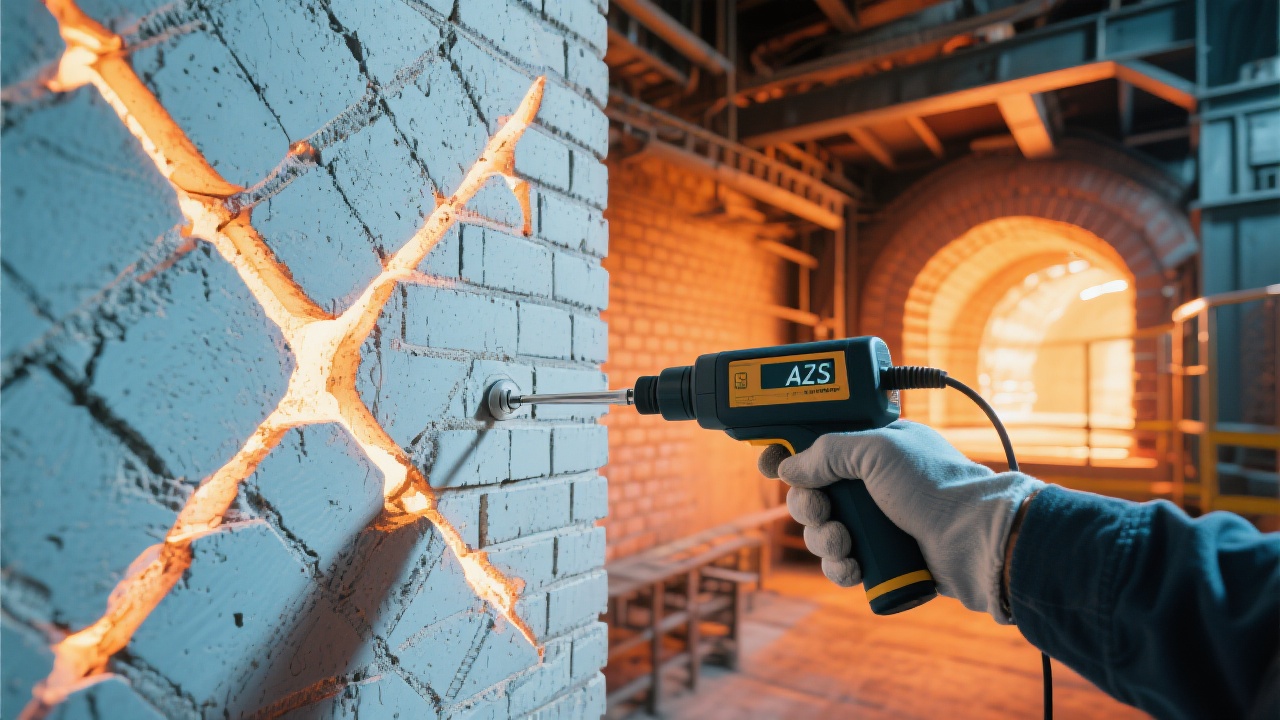
In high-temperature industrial processes—from steelmaking to ceramics—thermal conductivity isn’t just a technical spec—it’s the difference between energy waste and operational excellence. In recent years, we’ve seen a clear shift toward high-conductivity silicon bricks, which outperform traditional alternatives not through material novelty, but through intelligent microstructure design.
Traditional silicon bricks typically have larger, irregular pores that act as thermal barriers—gas inside these voids conducts heat poorly (about 0.025 W/m·K vs. 10–20 W/m·K for solid silicon). But modern high-conductivity versions reduce pore size by up to 70% and distribute them uniformly across the matrix. This means less “dead space” for heat to get trapped—and more efficient pathways for heat transfer.
Pro Tip: At 20x magnification, you’ll see how fine and evenly spaced the pores are in advanced silicon bricks—this isn’t just aesthetic; it directly boosts effective thermal conductivity by 15–25% at the same porosity level (based on lab tests from our R&D team in Germany).

Let’s break down what this means for your production line:
| Feature | Traditional Silicon Brick | High-Conductivity Silicon Brick |
|---|---|---|
| Avg. Pore Size | 50–100 μm | 5–15 μm |
| Pore Distribution | Random | Uniform |
| Thermal Conductivity (W/m·K) | ~12 | ~15.5 |
That extra 3.5 W/m·K might seem small—but in continuous kiln operations, it adds up. One cement plant in Mexico reported a 6% drop in fuel consumption after switching to high-conductivity bricks over six months. Another found their furnace temperature stabilized faster, reducing startup time by 22%—which translates to real savings in labor and downtime.

It’s not just about efficiency—it’s about resilience. With better heat distribution, thermal stress is minimized. That leads to fewer cracks, longer refractory life, and lower maintenance costs. In one case study with a German automotive parts manufacturer, replacing old bricks reduced annual repair costs by €12,000 while improving product consistency.
If you're evaluating materials for your next project or upgrading existing systems, consider this: the right brick doesn't just contain heat—it manages it intelligently.
Ready to make your production smarter—not just hotter?

